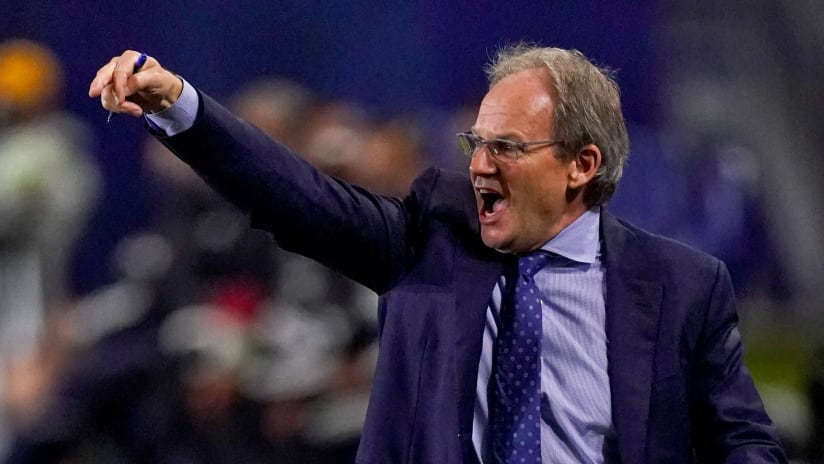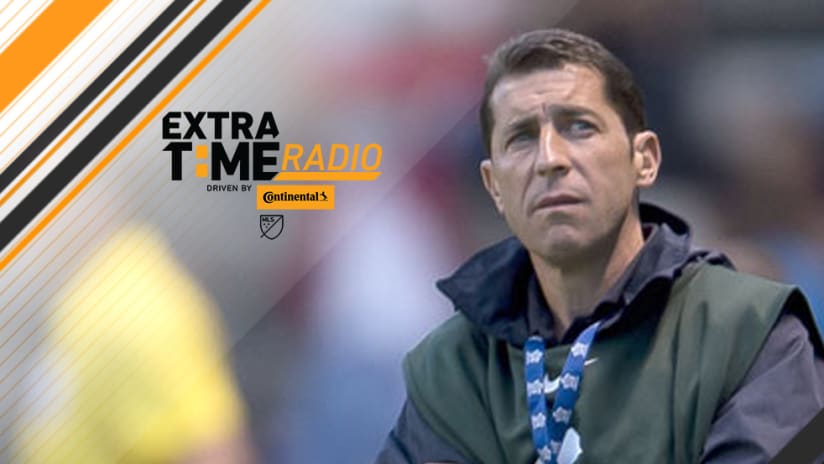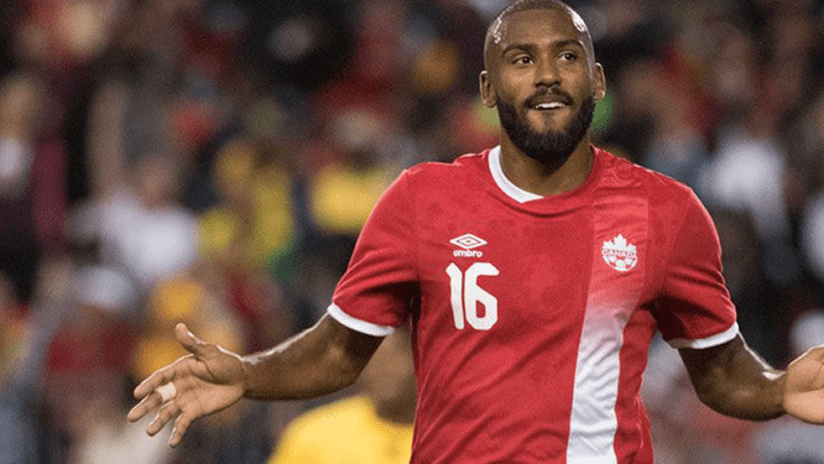Welcome to the Wednesday Q&A series, where we focus on one particular topic – today's being the MLS partnership with USL – and ask you to react, share, and discuss in the comments section. However, feel free to ask about anything game-related (MLS, USL, NASL, USMNT, CanMNT, etc.) over the next several hours.
Lots about MLS and US soccer has changed since Dom Dwyer, then a seldom-used second-year pro, went on loan from Sporting KC to Orlando City in the winter of 2013. Dwyer, of course, stomped a hole in the USL competition he faced on a weekly basis for the Purple Lions (this was two seasons before their jump to MLS), and is still a cult hero to the fans down there.
He scored 15 goals in 13 league games over the course of three months. He scored a brace in U.S. Open Cup play as OCSC knocked out the Rapids. He scored in a friendly against Fluminense.
And at that point, by the end of June, it was pretty clear that the loan had served its purpose: Dwyer had gotten pro minutes, had found his rhythm, and had honed his nose for the goal.
Sporting called him back to the MLS team and, in early July of 2013, started giving him minutes off the bench. In early August, Dwyer scored his first MLS goal. By late September he was fully ensconced in the starting XI and now -- 48 goals, an MLS Cup crown and a US Open Cup title later -- he's still there. Dwyer's proved to be one of the most consistent No. 9s in the league, a journey that started for real when Sporting took him off their own bench and Orlando City gratefully put him into their lineup. His story is so well known that it's resonating on both sides of the Atlantic.
As I said at the top, a lot has changed about MLS, the USL and US soccer over the last three-and-a-half years, but the basic rationale behind the move Dwyer made is the same: Young players need time. The partnership between MLS and USL has made that time easier for players to find and easier for clubs to monitor.
The question Andrew Wiebe posed to me for this column -- and one I've decided I'm unable to weigh in on -- is "Which team has done the best with their USL affiliation and subsequent youth development as a product thereof?"
It's a multi-layered question since there are multiple facets to what makes a USL set-up successful. LA, for example, have used Los Dos to not only blood a raft of young, academy talent, but also to help Robbie Rogers learn the switch from midfield to fullback. The Red Bulls have created a juggernaut with RBNY2, winning this year's USL Shield while giving minutes to high-level prospects like Tyler Adams, as well as older players like Aaron Long who'd been cast off by others clubs. Adams may be the second coming of Dax McCarty, and Long may be the second coming of Damien Perrinelle. Because of this partnership, they each have a better chance at hitting those marks.
There's Atlanta United, who've stashed a few of their signings with the Charleston Battery ahead of next season's MLS debut. Those signings include goalkeeper Alex Tambakis, who turns 24 in December, as well as winger Andrew Carleton, who turns 24 eight years from now. Do I weigh that more heavily than the performance of Sean Okoli, the former Sounder and Rev who's come into his own at age 23 and banged home 15 goals for FC Cincinnati? Okoli could end up being the next Chris Wondolowski or Herculez Gomez, a talented goal-scorer who just needed patience, experience and the right situation in order to thrive.
And that's the big change since 2013. Dwyer was the outlier then (and his USL-to-MLS success, by the way, is still unmatched), but the path he helped carve has now became the default journey for most pros in the pipeline. That means A) less wasted talent since guys who develop later still have a professional platform, and B) the can't-miss kids like Adams and Carleton are playing against relatively seasoned pros week-in, week-out at a younger age.
The sheer volume of minutes that have gone to young players in USL this year is staggering. You can find the data HERE, a spreadsheet meticulously catalogued by our friends in Tampa (hey Nicholas). You should also check out their own suite of content around this very idea, the 20 Under 20 list they compiled over the summer.
You will no doubt see some of those names on our own 24 Under 24 lists in the future.
Ok folks, thanks for the quality conversation!












